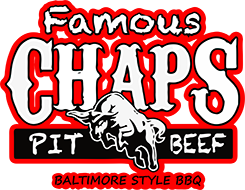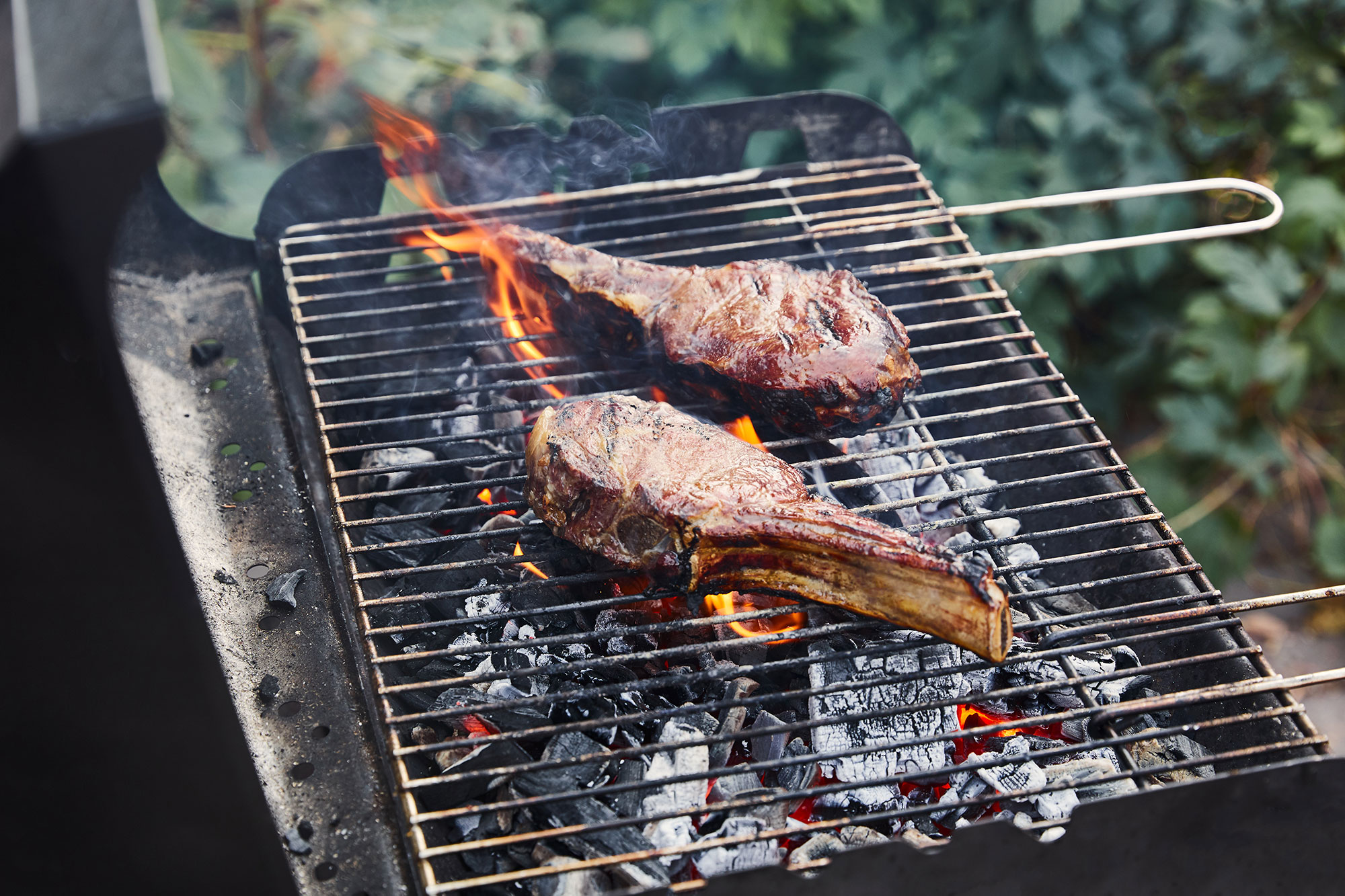Summer parties often include friends, family, and delicious BBQ food. Vegetables, meat, and even fruit just tastes better when it comes off the grill. But, there are many safety hazards that you should be aware of before you get started.
There are a lot of things that can go wrong when you choose to have a DIY BBQ. From preparation to leftovers, here are some things you should be cautious of with your BBQ.
Preparation
Preparation is key to a good BBQ experience. Any national BBQ chain can tell you as much. From maintaining a clean workspace to properly marinating your ingredients, there’s a lot of preparatory work that you should be cautious about exercising.
Grill Placement
Charcoal restaurants have to ensure proper ventilation to allow the carbon monoxide generated from the grill to escape the restaurant. Additionally, these industrial-sized grills and smokers must have a certain amount of clearance from any walls or other surfaces or items that may catch fire from being nearby.
The same idea applies to your own personal grill. Don’t try to use an outdoor grill indoors – it will be not only disastrous but could also be fatal. The build-up of carbon monoxide could seriously injure and even kill you and your guests.
You want at least a ten-foot clearance between your grill and any other structure, including your house and porch. Also keep away from trees, shrubs, and other plant life. This will reduce the chances of fire damages or worse happening if there are any flare-ups, and will keep ash and smoke from staining the siding of your home.
Keep the Grill Clean
A build-up of grease, gristle, and drippings can lead to flare-ups that can lead to ruined food and fires. To prevent these problems, make sure you clean your grill after each use and inspect it before you go to use it again.
Do Not Use a Bristle Brush
Keeping your grill clean is important, but so is using the right tool to do it. At the same time, using the wrong tool can cause hazards as well. Wire-bristle brushes are hazardous if the bristles come loose. They’re difficult to see and you may not realize they’re in your grill.
These bristles can be kicked back up while you’re grilling and can become stuck in your food. They can then get stuck in your throat, or worse, can make it to your intestines and cause some serious damage.
Use a pumice stone, coil-shaped bristle-free brush, or even a wad of balled up aluminum foil instead.
Properly Defrost Meat and Wash Produce
Meat should be defrosted and marinated in the refrigerator rather than on your countertop. This will help to prevent salmonella and listeria from growing and becoming a problematic health concern.
Produce like asparagus, potatoes, peppers and more should be washed before being prepared and cooked.
Cooking
Now that you know some of the safe practices for DIY BBQ preparation, you’re ready to cook! But more dangers are possible in this portion of your grilling adventure.
Open the Lid Before Lighting the Grill
This is a particularly important step for gas grills. Don’t turn on the gas while the grill lid is shut. If you do, open the lid and allow it to vent for a few minutes before attempting to light it. Otherwise, the gas you’ve allowed to build up in the grill could overwhelm you when ignited.
If You Use Lighter Fluid, Be Careful
If you choose to use charcoal starter fluid or lighter fluid to get your grill going, do so before the grill is actually lit. Don’t add the fluid after the flames are already going, no matter how small.
The flames can potentially ride the stream of fluid back into the container and result in an explosion, and even a small explosion in your hand is going to hurt.
Keep Your Vegetables and Meat Separate
Meat drippings can contaminate your vegetables, and since your vegetables won’t cook as slowly as your meat, there won’t be enough time for the bacteria to burn off properly.
Use separate cutting boards to prepare your food, and cook them apart from one another to cut down on cross-contamination.
Cook Your Food Thoroughly
Unless you happen to be a professional chef, it’s incredibly difficult to tell if your meat is cooked thoroughly to the right internal temperature.
Use a food thermometer to test the thickest part of the meat you’re grilling to get a precise internal temperature. This way, you don’t run the risk of accidental food poisoning.
You should also try to keep the charring to a minimum. Cook your meat at a lower temperature to do this. Charring results in heterocyclic amines, or HCAs, to form on your food, and these are carcinogenic.
Storing Leftovers
Following the tips above, you should have made it through the actual grilling unscathed. But what about after the cooking is done?
Keep Serving Bowls and Other Dishes Covered
This should be a given, but make sure to keep bugs and debris out of your food by covering the serving bowls and dishes. Use the container’s lid or aluminum foil.
Refrigerate Your Leftovers Within Two Hours
Your grilled food should be put in the refrigerator after it’s had time to cool but before it’s had time to spoil. Wait no longer than two hours to put your leftover food in the fridge.
Reheat Leftovers to the Proper Temperatures
Make sure that any food you choose to reheat and consume later is heated to at least 165 degrees Fahrenheit. If any bacteria developed between storing and reheating, this temperature will kill it and make it safe to eat.
Conclusion
You can have a lot of fun with friends and family members at a DIY BBQ, but safety should always be a top priority. With the above hazards and concerns in mind, as well as how to prevent injuries and contamination concerns, you’re sure to have a happy and safe BBQ that everyone can enjoy.


Leave a Reply